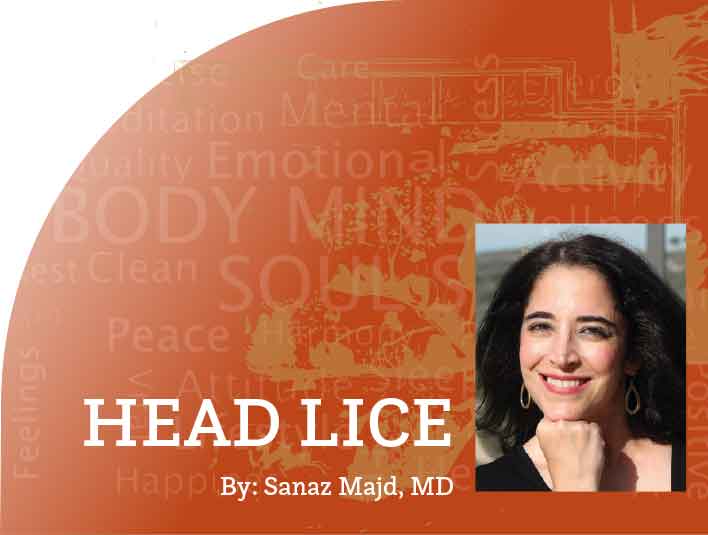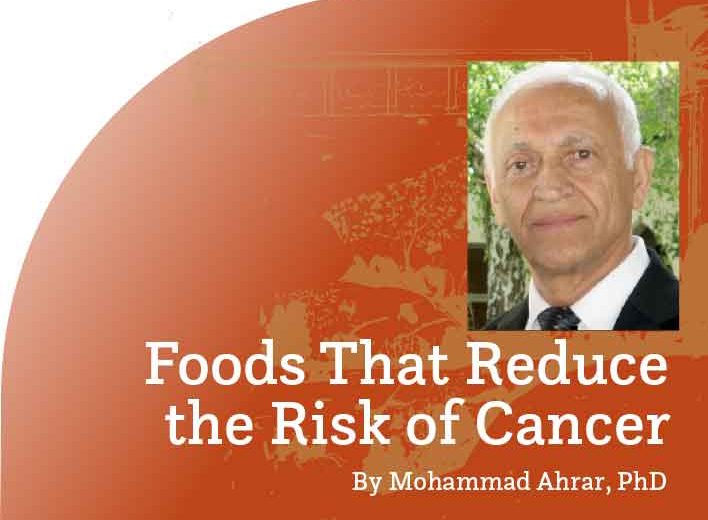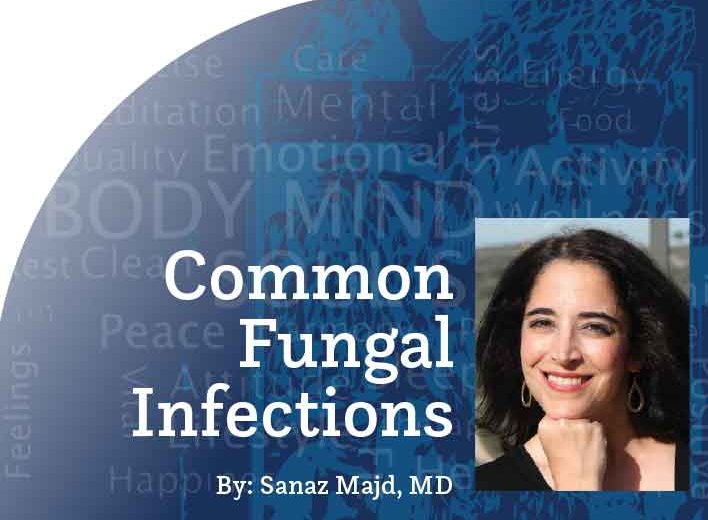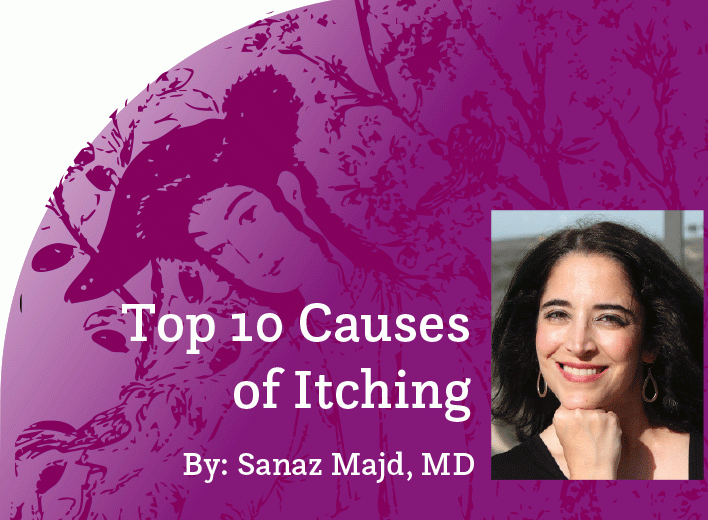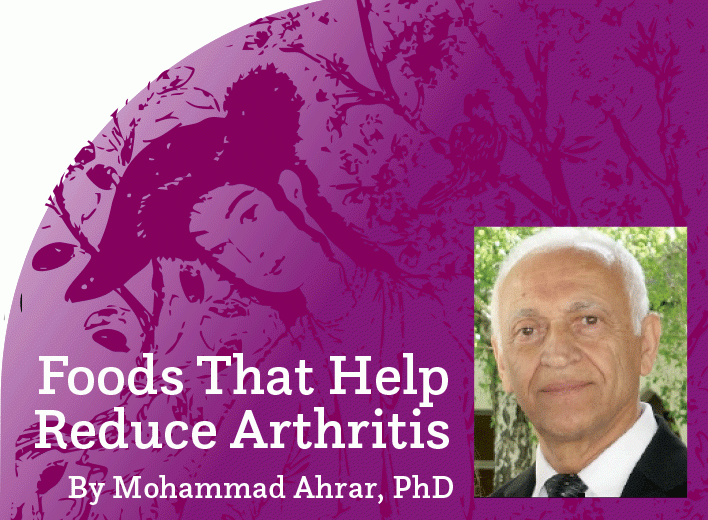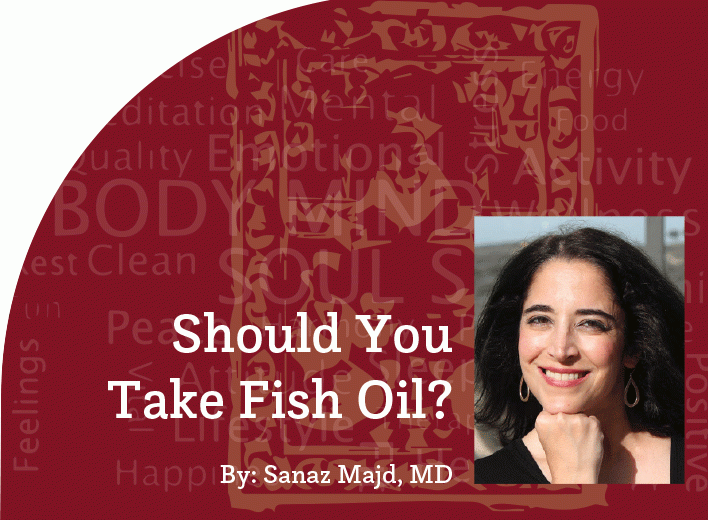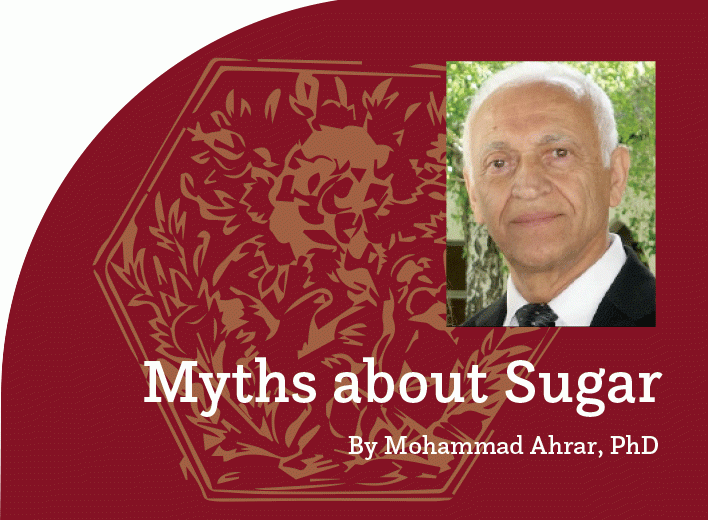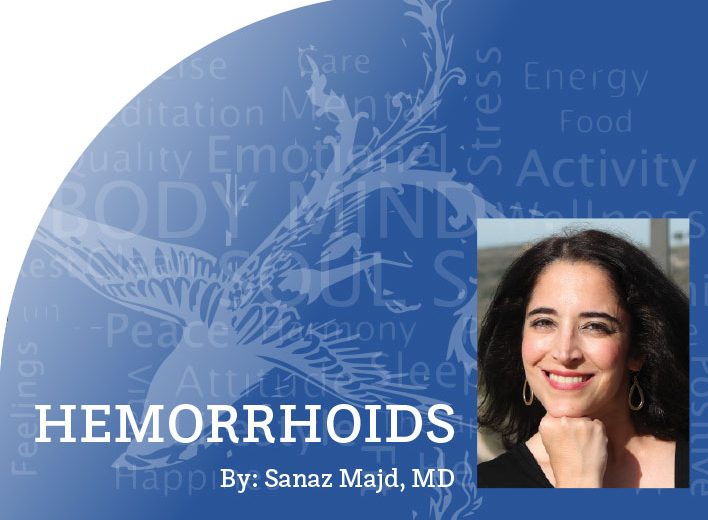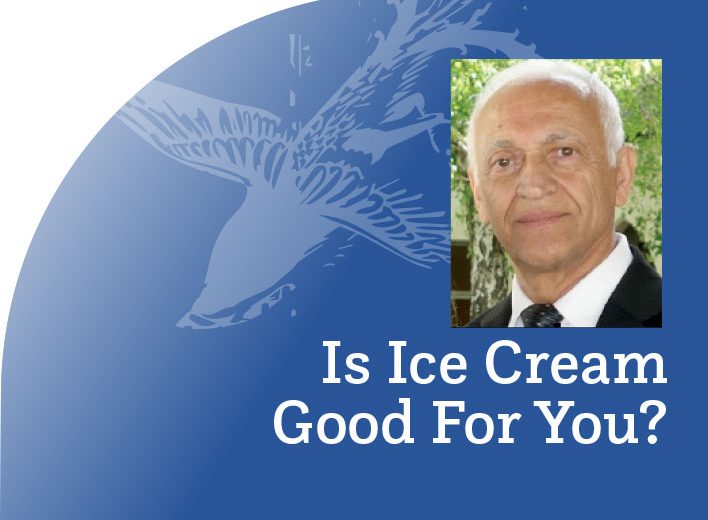HEAD LICE
Sanaz Majd, MD
(This article goes along with my goal to cover more common, potentially embarrassing medical topics and myths, as promised.)
Head lice. The two words that send shivers down the spines of all parents of young children everywhere. The horrifying thought of little ugly bugs crawling around your child’s head, laying eggs as they swing from strand to strand while sucking on scalp blood, is quite a disturbing one.
And yet not uncommon. According to the Center for Disease Control (CDC), more than 6-12 million infestations among kids age 3-11 occur in the United States alone, and this is likely an underestimation as many cases go unreported. If you have young children (or are planning on having them), do yourself a favor and save this issue. As distressing of a thought as it may be, more likely than not you will need this information one day.
I recently had a parent shake her head in disbelief as I diagnosed her son with head lice. “But that can’t be, doesn’t it only happen in those with poor hygiene? I take very good care of my son and he showers every day.”
Head lice can affect anyone.
This means those from all socioeconomic backgrounds, education levels, and ages. Lice do not discriminate. However, children are affected more often, likely because they tend to have more head-to-head contact than adults. And how often they shower will not make a difference, as lice is not easily destroyed by shampoo, soap, or water.
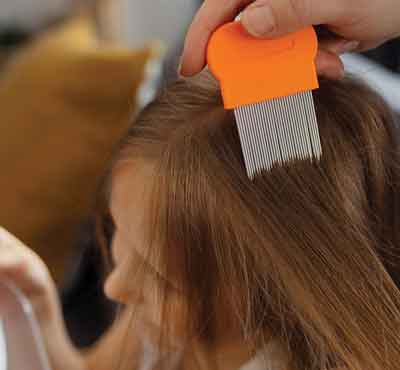
WHAT IS HEAD LICE
Head lice, otherwise known as “pediculosis capitis,” is inflammation of the scalp caused by a parasitic head louse called “pediculus humanus capitis.” Lice are often gray, white, or brown in color, and therefore tend to camouflage rather seamlessly in most people’s hair.
Lice are spread simply by head-to-head contact, or less likely via sharing items that have come into very recent contact with an infected host’s hair (such as brushes, hats, etc.). They do not jump, fly, or use pets as carriers. Typically, multiple members of the family are affected, as simple hugging with head-to-head contact is sufficient to spread head lice.
When in close enough contact, a live louse transfers over to a new host and has a lifespan of one month, in which she lays 7 to 10 eggs per day (otherwise known as “nits”). These nits typically hatch within a week, and then start the cycle all over again. The typical host can carry numerous live lice simultaneously.
SYMPTOMS
Infected hosts may not have any symptoms at all and may be unaware of their infestation. However, some people will experience scalp itching, sometimes intensely, if they are allergic to the saliva of the lice that bite into the scalp tissue. Lice are particularly partial towards the back of the ears and back of the neck along the hairline, where people tend to experience the most itching. They also hover over the crown of the head.
Also, the adult louse may be visible swarming about the hair, while visible tiny gray, brown, or white nits tend to congregate in clusters. They set up shop near the roots of the hair, closer to the scalp and not at the middle or ends of the hair strands.
DIAGNOSIS
There is no “test” to confirm head lice, unfortunately. It is simply a diagnosis made via visual exam. If not easily visible, you may use a fine tooth comb (with comb teeth 0.2mm best) to aid in detection.
It is important to note that dandruff can be easily confused for nits, as dandruff also tends to hang around the roots. However, dandruff is easily moved when the hair is shaken, whereas nits are not easily dislodged and are cemented securely to the hair shaft.
TREATMENTS
Over time the head louse has evolved and, not unlike bacteria, has developed some resistance towards treatment throughout the years. The topical shampoos which were once effective with just a single application now require multiple applications, as most of them kill the living lice, but not all of the nits. And if any nits are left, they will hatch and the process will once again repeat itself.
With that being said, topical treatment is still the first-line, preferred treatment of head lice. However, most of them require repeat applications until full eradication. Here’s a quick summary of the available treatment options:
Nix (permethrin) & Rid (pyrethrins):
These are over-the-counter (OTC), inexpensive, well-tolerated and easily accessible treatments; for these reasons, they are often the preferred choice. Simply follow the instructions on the bottle to the T—they often require application to dry hair for a certain time period before rinsing off with water. A second re-application is often required and encouraged at about 7-10 days after in order to eradicate further nits and/or hatched lice. Wet combing (explained below) is always a good idea after each application in order to further aid the removal of the dead bugs and any remaining nits, and the products now often come with a comb (albeit not an ideal one) that is included.
Kids with allergies to ragweed or chrysanthemums should not use them, however, as they are created using the extracts. Pyrethrins can be used in those aged 2 years and over, and permethrin in those aged 2 months or older.
OTC Ivermectin Topical:
Well-tolerated, OTC, and at a slightly higher cost, this topical treatment boasts eradication of both nits and lice in one application, without the need for wet combing or repeat applications. However, it is more difficult to find, as many pharmacies do not carry it.
Spinosad:
This is a prescription-only topical, and requires a visit to your doctor. Therefore, it is recommended when OTC options fail a patient. Spinosad is not recommended in those less than 6 months old.
Household Oils:
Small studies so far have shown that the use of household oils—such as mayonnaise, olive oil, melted butter, and petroleum jelly—used to “suffocate” lice are ineffective.
Cetaphil:
The use of Cetaphil for lice treatment has been suggested by two studies that have boasted a 96% cure rate. However, the studies have been criticized as being significantly flawed, including lacking blinding and a control group to compare to. Although unlikely to be harmful, the efficacy of Cetaphil is still not well established, and should be only considered in those who prefer to avoid chemicals. Wet combing and repeat applications may still be necessary.
Mineral Oil:
This oil is an inexpensive option that can also be used in those who prefer a non-chemical method of treating head lice. Studies are limited, however, but mineral oil is unlikely to be harmful either. Numerous repeat applications, in addition to wet-combing, are still encouraged.
Dimethicone Oil:
This is a silicone-based topical treatment that is used widely in Europe, but is limited in the U.S. It is thought to also work by suffocating the lice. Many lice salons use it to aid with their treatment, but it can be easily found online for private purchase (although costly). It carries a risk of flammability, so it is important to use dimethicone oil with caution.
Oral Treatment:
Oral ivermectin or Trimethoprim-sulfamethoxazole (Bactrim, Septra) are two other options with some evidence shown to treat head lice. However, they are by prescription only and are recommended only in refractory cases that do not respond to topical options.
Wet Combing:
This refers to exactly what it sounds like—wetting the hair and combing it out, as a method of manually removing the lice and nits from the hair. This may be a good option for young infants, those with a small amount of hair, or parents who are reluctant to use topical chemicals for their children. However, there are insufficient studies to assess wet combing’s efficacy. Parents also find the process to be labor-intensive, depending on the amount of hair involved, and/or anxiety-provoking.
There is a method to wet combing—a few youtube videos or articles on how to go about it may be worthwhile. Hair should be wet and a cheap, preferably white colored hair conditioner applied to saturate the hair (in order to visualize the dark lice/nits), and a fine tooth comb used to systematically comb out the hair, section by section. Opt for a comb specifically designed for lice, such as the “Terminator Comb,” with “micro-grooved teeth” that help grip the hair more tightly. A good comb goes a long way if you are wet combing as the sole treatment. And expect to repeat the process every 2-3 days until fully eradicated.
Head Lice Salons:
Most head lice salons use a combination of techniques to aid with eradication, such as application of a dehydrating device called a “desiccator,” dimethicone oil application, plus wet combing. Again, there is not a lot of evidence to back up their technique. It is at a considerable cost, however, and by far the most costly of all treatment options. If you do select this route, make sure the salon offers at least a 30-day guarantee in case of re-infestations.
HOUSEHOLD EXAMINATION AND CLEANING
Every member of the household should be examined for lice and those with lice/nits treated accordingly. Those who share the same bed should be treated, however, even without visible lice or nits after a visual exam.
Note that live lice survive about 55 hours max without a host and nits only a few hours without. So there is no need to get carried away with this process. Simply washing clothing, towels, and bedding used in the last 3 days is sufficient. Use hot water in your washing machine and the high-heat settings on the dryer. If there are items that cannot be washed, they can be sealed in a plastic bag for two weeks. Hair brushes, combs, and accessories can be soaked for 10 minutes in hot water with higher than 130 degrees Fahrenheit temperature.
Spraying with lice sprays is unnecessary and unlikely to be helpful.
Generally, children with lice should not be kept from going to school. Treatment can be initiated and the child sent to school the next day, even if it is unclear whether all lice/nits have been fully eradicated. A simple instruction to avoid head-to-head contact and sharing of any items on the head is wise, however. (In fact, asking them to avoid sharing items placed on the head is always a good rule of thumb to teach your kids from the get-go, as soon as they are old enough to understand.)
Reporting a lice infestation to the school is also highly encouraged to prevent a larger outbreak and re-infestation.
It is the beginning of the school year, and although this is hopefully something you and your child will never have to experience, you are now armed with knowledge and are better prepared in case you have to battle lice!
_______________________________________________________
REFERENCES:
- American Academy of Pediatrics: https://publications.aap.org/pediatrics/article/150/4/e2022059282/189566/Head-Lice?autologincheck=redirected
- CDC recommendations: https://www.cdc.gov/lice/treatment/index.html
- American Academy of Dermatology: https://www.aad.org/public/diseases/a-z/head-lice-treatment
- Wolf L, Eertmans F, Wolf D, Rossel B, Adriaens E. Efficacy and Safety of a Mineral Oil-Based Head Lice Shampoo: A Randomized, Controlled, Investigator-Blinded, Comparative Study. PLoS One. 2016 Jun 10;11(6):e0156853. doi: 10.1371/journal.pone.0156853. PMID: 27286033; PMCID: PMC4902190..
- Burgess IF, Brown CM, Lee PN. Treatment of head louse infestation with 4% dimeticone lotion: randomised controlled equivalence trial. BMJ. 2005 Jun 18;330(7505):1423. doi: 10.1136/bmj.38497.506481.8F. Epub 2005 Jun 10. PMID: 15951310; PMCID: PMC558378.
- Kurt Ö, Balcıoğlu IC, Limoncu ME, Girginkardeşler N, Arserim SK, Görgün S, Oyur T, Karakuş M, Düzyol D, Gökmen AA, Kitapçıoğlu G, Özbel Y. Treatment of head lice (Pediculus humanus capitis) infestation: is regular combing alone with a special detection comb effective at all levels? Parasitol Res. 2015 Apr;114(4):1347-53. doi: 10.1007/s00436-015-4311-8. Epub 2015 Jan 22. PMID: 25604670.
- Pollack RJ, Kiszewski A, Armstrong P, Hahn C, Wolfe N, Rahman HA, Laserson K, Telford SR 3rd, Spielman A. Differential permethrin susceptibility of head lice sampled in the United States and Borneo. Arch Pediatr Adolesc Med. 1999 Sep;153(9):969-73. doi: 10.1001/archpedi.153.9.969. PMID: 10482215.
- McCormack PL. Spinosad: in pediculosis capitis. Am J Clin Dermatol. 2011 Oct 1;12(5):349-53. doi: 10.2165/11208070-000000000-00000. PMID: 21834600.
- Pariser DM, Meinking TL, Bell M, Ryan WG. Topical 0.5% ivermectin lotion for treatment of head lice. N Engl J Med. 2012 Nov 1;367(18):1687-93. doi: 10.1056/NEJMoa1200107. PMID: 23113480.
- Chosidow O, Giraudeau B, Cottrell J, Izri A, Hofmann R, Mann SG, Burgess I. Oral ivermectin versus malathion lotion for difficult-to-treat head lice. N Engl J Med. 2010 Mar 11;362(10):896-905. doi: 10.1056/NEJMoa0905471. Erratum in: N Engl J Med. 2010 Apr 29;362(17):1647. PMID: 20220184.
- Takano-Lee M, Edman JD, Mullens BA, Clark JM. Home remedies to control head lice: assessment of home remedies to control the human head louse, Pediculus humanus capitis (Anoplura: Pediculidae). J Pediatr Nurs. 2004 Dec;19(6):393-8. doi: 10.1016/j.pedn.2004.11.002. PMID: 15637580.
- Pearlman DL. A simple treatment for head lice: dry-on, suffocation-based pediculicide. Pediatrics. 2004 Sep;114(3):e275-9. doi: 10.1542/peds.2003-0666-F. PMID: 15342886.

